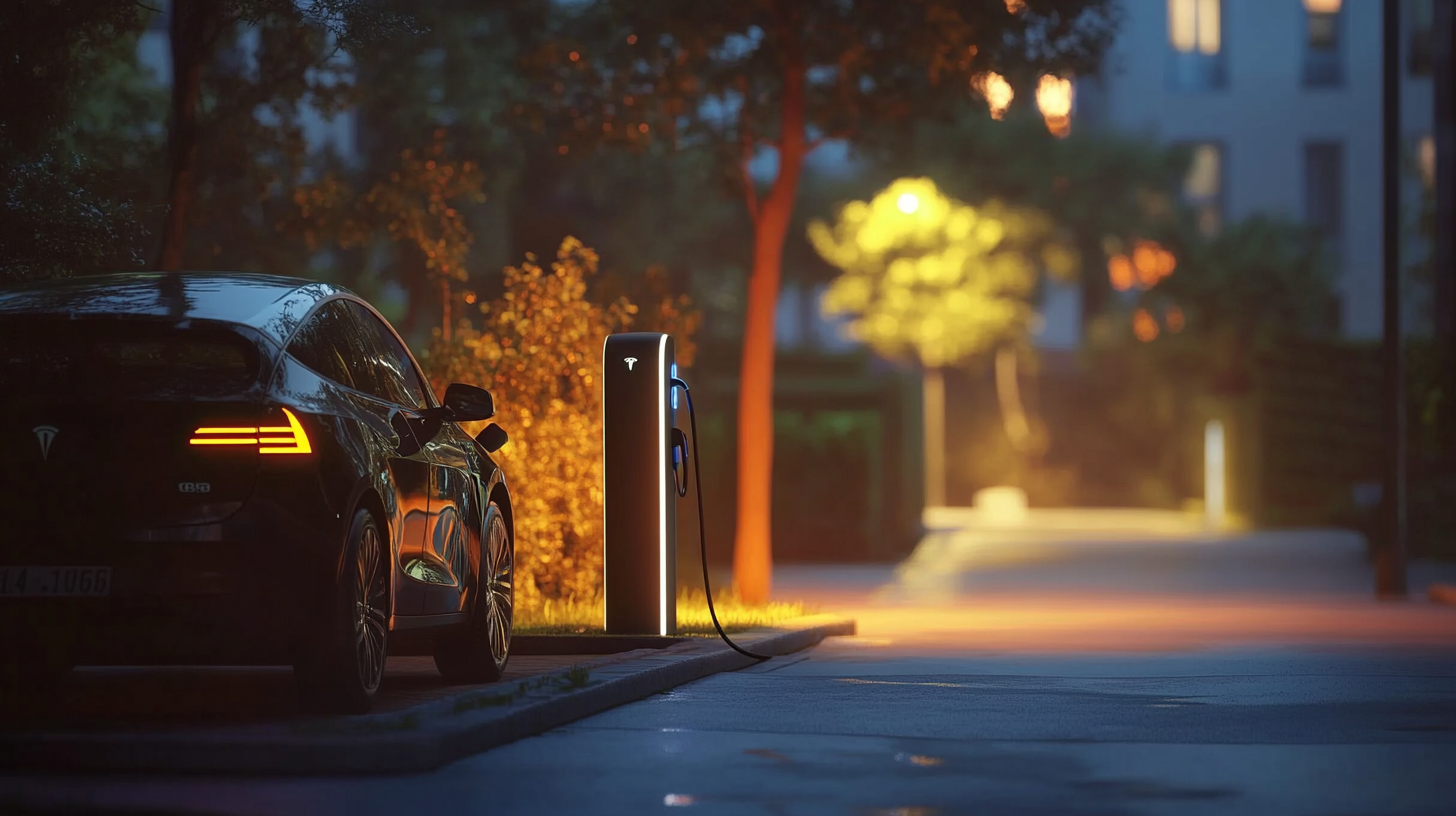How to Optimize Your Electric Charging Points for Maximum Efficiency and User Satisfaction
In a world increasingly powered by renewable energy and electric mobility, the importance of optimizing Electric Charging Points has never been more crucial. As the demand for electric vehicles (EVs) continues to surge, consumers are looking for charging solutions that not only meet their needs but also enhance their overall experience. Efficient charging points are essential for reducing wait times, improving access, and ensuring that users can seamlessly incorporate electric charging into their daily routines. This blog will delve into various strategies and best practices for maximizing the efficiency and user satisfaction of Electric Charging Points, including the integration of smart technology, user-friendly interfaces, and optimal location planning. By focusing on these key areas, we can pave the way for a future where electric charging becomes an effortless and enjoyable part of the electric vehicle journey.

Understanding the Importance of Location for Electric Charging Points
The location of electric vehicle (EV) charging points is critical to optimizing user satisfaction and overall efficiency. Poorly placed charging stations can hinder the growth of EV adoption, especially among lower-income groups who already face challenges accessing public infrastructure. Our recent analysis highlights that these communities often experience greater barriers to EV charging locations, both in urban and rural settings. As such, it is imperative that we prioritize placing charging points in areas of high accessibility and visibility, ensuring that all demographics can utilize these services without added inconvenience.
In countries like India, the review of EV charging stations reveals diverse types and distribution across states and union territories. This information underscores the importance of strategic placement in addressing accessibility issues. Urban planners and property developers should consider high-traffic locations, public spaces, and residential neighborhoods when installing charging stations. By focusing on these key areas, we can create a more inclusive EV ecosystem that caters to the needs of all users, fostering a seamless transition to electric mobility while maximizing user satisfaction.
Designing User-Friendly Charging Interfaces for Enhanced Experience
Creating a user-friendly charging interface is crucial for enhancing the electric vehicle (EV) charging experience. The design should prioritize usability, ensuring that both seasoned drivers and newcomers can easily navigate the charging process. Start by opting for intuitive layouts that display essential information clearly, such as charging time, cost, and availability of charging points. Simple icons and easily readable text can significantly reduce the learning curve for users, making their interactions seamless and straightforward.
Moreover, integrating smart technology into charging stations can elevate user satisfaction. Features like real-time updates on charging status, mobile app connectivity, and reservation capabilities empower users to manage their charging sessions efficiently. Additionally, incorporating payment solutions that accept multiple forms of transactions, including mobile payment options, caters to the diverse preferences of users. A well-designed charging interface not only improves the user experience but also fosters greater trust in the technology, encouraging more drivers to switch to electric vehicles and ultimately supporting a more sustainable future.

Implementing Smart Technology to Monitor and Optimize Charging Efficiency
Implementing smart technology in electric vehicle (EV) charging stations is crucial for optimizing charging efficiency and enhancing user satisfaction. According to a report by the International Energy Agency (IEA), the global number of public charging points reached over 1.3 million in 2021, reflecting the growing importance of reliable and efficient charging infrastructure. By integrating smart technologies, operators can monitor real-time usage patterns, identify peak demand times, and ensure optimal energy distribution. This data-driven approach helps alleviate congestion and minimizes wait times, ultimately enhancing the user experience.
Smart charging solutions also facilitate dynamic pricing models that adjust costs based on demand and energy supply. A study by Navigant Research indicates that implementing demand response strategies can reduce peak load by up to 20%, providing significant cost savings for both users and operators. By leveraging IoT-enabled platforms, charging stations can communicate with EVs to manage charging schedules according to grid conditions and user preferences, promoting energy efficiency and sustainability. As the EV market continues to expand, optimizing charging points with smart technology will be essential in meeting both consumer expectations and environmental goals.

Facilitating Payment Solutions to Improve User Convenience and Satisfaction
As electric charging points become more prevalent, optimizing payment solutions is essential for enhancing user convenience and satisfaction. Integrating seamless mobile payment options can streamline the user experience, allowing drivers to charge their vehicles without the hassle of traditional payment methods. By utilizing digital wallets, users can quickly process transactions with just a few taps on their smartphones, significantly reducing wait times and improving overall satisfaction at charging stations.
In addition to facilitating quick payments, providing multiple payment options is crucial. This diversity caters to a broader range of users, accommodating those who prefer credit cards, mobile payments, or contactless options. Creating an intuitive interface and clear signage can further enhance the user experience. By focusing on these aspects, charging point providers can ensure that users not only feel satisfied but also return to utilize the service regularly, thereby driving the demand for electric vehicles and contributing to a sustainable future.
How to Optimize Your Electric Charging Points for Maximum Efficiency and User Satisfaction - Facilitating Payment Solutions to Improve User Convenience and Satisfaction
| Charging Point Location | Charging Speed (kW) | Payment Options | User Rating (out of 5) | Average Wait Time (min) |
|---|---|---|---|---|
| Downtown - Main St. | 150 | Credit Card, Mobile Payment | 4.5 | 10 |
| Shopping Mall - 1st Ave. | 100 | Mobile Payment | 4.0 | 15 |
| Airport Parking | 200 | Credit Card, App | 4.8 | 5 |
| University Campus | 50 | Campus Card, Credit Card | 4.2 | 20 |
| Residential Area - Oak St. | 75 | Credit Card | 3.9 | 25 |
Regular Maintenance and Upgrades: Ensuring Reliability and Performance
When it comes to optimizing electric charging points, regular maintenance and upgrades are crucial to ensuring reliability and user satisfaction. Just as the railway industry is focusing on improving reliability through innovative maintenance practices, electric charging infrastructures can benefit significantly from routine checks and technology upgrades. Implementing regular inspections not only helps identify potential issues before they escalate but also keeps the charging points functioning efficiently, meeting the increasing demand from electric vehicle users.
In addition, integrating modern technology to enhance the reliability of charging points can greatly improve user experience. This may include upgrading software to ensure faster processing times and implementing real-time monitoring systems that keep track of charging status and performance metrics. Much like the PJM Interconnection's steps to ensure readiness for high-demand periods, electric charging stations need to be prepared to accommodate fluctuating user requirements. By committing to proactive maintenance and embracing technological advancements, operators can foster a robust network of charging points that not only maximizes efficiency but also enhances user satisfaction in the ever-evolving landscape of electric mobility.
